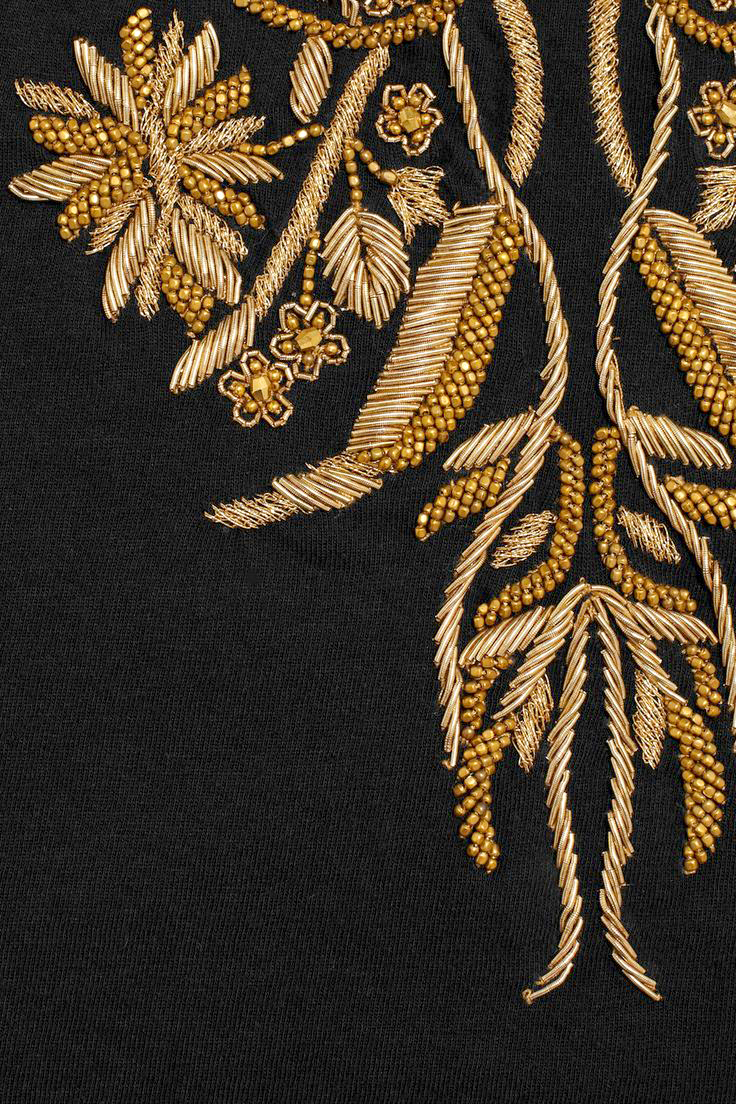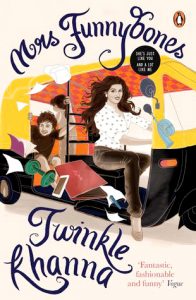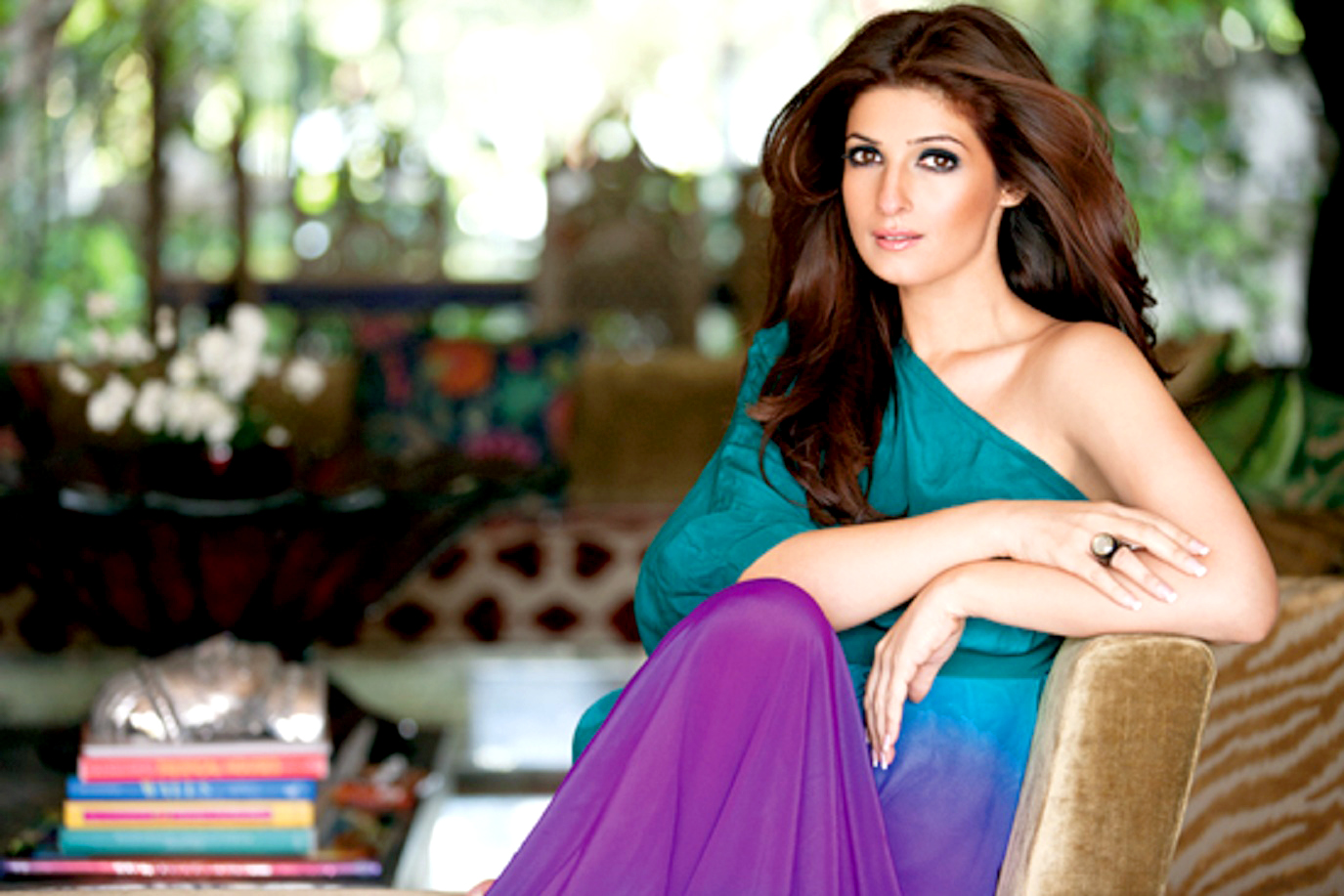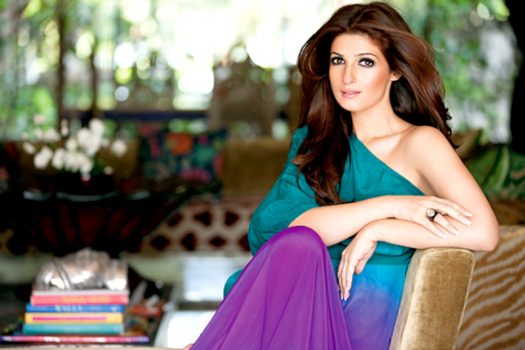Short cultural snippets for an easily digestible India
Art/textile/craft: Zardozi Embroidery
Zardozi is part of India’s textile heritage that was brought to the country by the Mughals. In Persian, the words zar dozi translate literally as ‘gold-thread work’, and zardozi still creates an aesthetic that is associated with the opulence of the Maharajas, who used it to adorn textiles including court dresses, tapestries and wall hangings as well as trappings for elephants and horses. Today, it is chiefly associated with the city of Lucknow where it is still used to create sumptuously ornate attire, particularly for weddings.
Also called metal embroidery, the technique requires a high degree of skilled craftsmanship. The elaborate designs associated with zardozi were once created using gold leaf and silver metal wrapped around silk thread. Nowadays the thread tends to be fine copper wire polished in gold and silver, and the embroidery is then studded with pearls, precious stones, beads and sequins. Zardozi designs are drawn onto a tracing sheet and then transferred to the fabric, which is stretched tightly over a wooden frame. A fine, hooked needle attached to a wooden handle called an ari is used by the embroiderer to catch and pull the thread up and down through the fabric. To complete the piece, the embroiderer hammers the threads flat, creating a dense, shining embroidery.

Words: Laat Saab
Saab or sahab/sahib is a title of courtesy and respect meaning ‘the Master’, but during the colonial period the word became especially associated with a ruling white man. Usually spelled sahab or sahib, it would be pronounced ‘saab’.
Laat is the Indianised way of saying ‘Lord’, and laat saab was a colloquial way of saying ‘Lord Governor’. Nowadays, it is used to refer to anyone who appears urban and educated; but it can also be used in jest, and to refer to someone who is haughty and superior.

Name: Twinkle Khanna (aka Mrs Funnybones)
Twinkle Khanna has reinvented herself several times: as Bollywood actress, then interior designer and now best-selling author. Whether writing a column for The Times of India or tweeting as ‘Mrs Funnybones’, Khanna is known for her honest and straightforward attitude laced with wit and humour.
Tina Jatin Khanna was born in Mumbai in 1974 to parents Rajesh Khanna and Dimple Kapadia, who were both Bollywood superstars. Known as ‘Twinkle’, their daughter joined (as she puts it) ‘the family firm’, making her film debut in a romance called Barsaat in 1995. She worked throughout the rest of the 1990s, acting opposite some of Bollywood’s biggest stars. One was actor Akshay Kumar, whom she married in 2001, before happily leaving the film industry and opening her own interior design store in Mumbai.  A self-professed science-fiction junkie, Khanna was a bookworm from her earliest days. She started writing during her awkward adolescence, using words to make fun of herself but also to create her own identity, developing the characters who were to grace her second book 20 years later.
A self-professed science-fiction junkie, Khanna was a bookworm from her earliest days. She started writing during her awkward adolescence, using words to make fun of herself but also to create her own identity, developing the characters who were to grace her second book 20 years later.
Her first book, Mrs Funnybones (2015), sold over 1,00,000 copies, making her the highest-selling female author in India that year. Part-based on the columns she writes for The Times, it captures the frenzied life of a modern Indian woman. It is full of humorous observations with an eye to the absurd, but Khanna also takes a strong stand on social and political issues. She then turned to fiction with a collection of short stories set in a small-town India called The Legend of Lakshmi Prasad, one of which is to be adapted for the stage and will star veteran actor Lillette Dubey. The winner of several book and personality awards, Khanna is busy writing her third book.

Food and drink: Dil Pasand
Dil pasand translates literally as ‘heart-choice’, and this teatime snack that is popular across all of South India appears to evoke a particular nostalgia in Bangaloreans. Dil pasand is a flaky bun,
made with puff pastry and filled with a mixture of sweetened shredded coconut, chopped nuts and Italian-style tutti-frutti dried fruit mix, spiced with cardamom and nutmeg. It can be prepared as little round buns, or made as one large, round bake and cut and served in wedges. For many, it was an after-school treat to stop off at Iyengar’s Bakery, whose outlets were dotted around every suburb of Bangalore, and buy crispy dil pasand. It is thought that it originated from the candied-fruit mince pies eaten by the British soldiers once garrisoned in the city, the fillings of which were adapted to local ingredients over the years.
